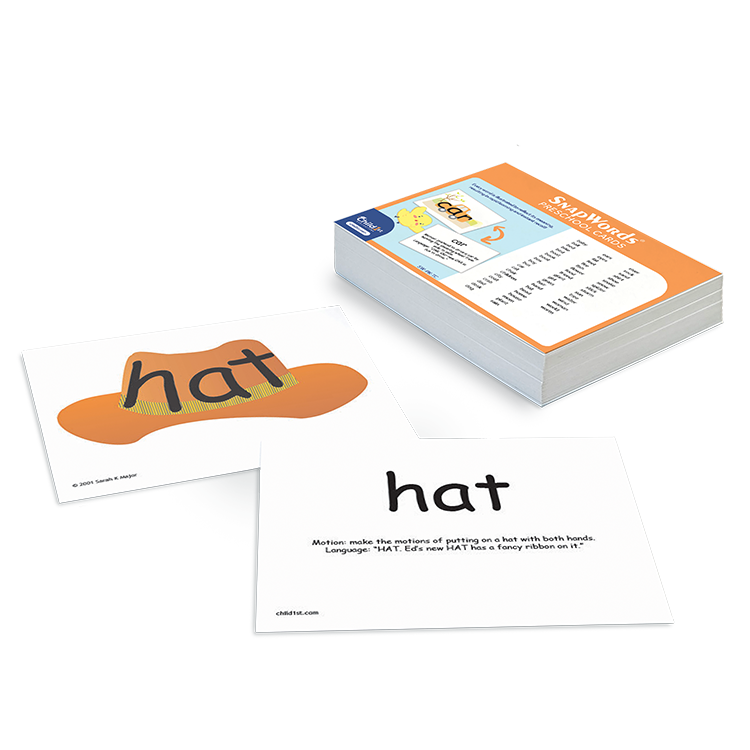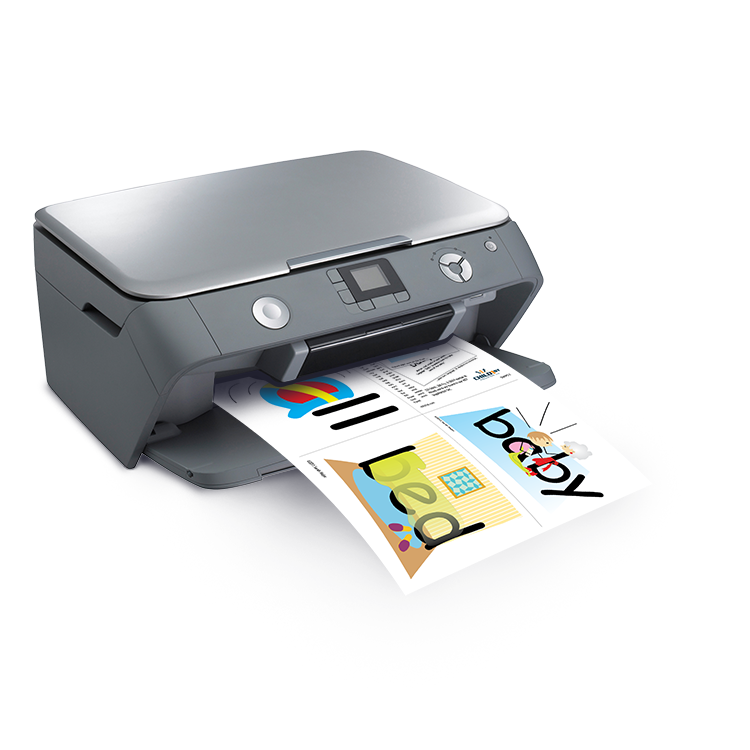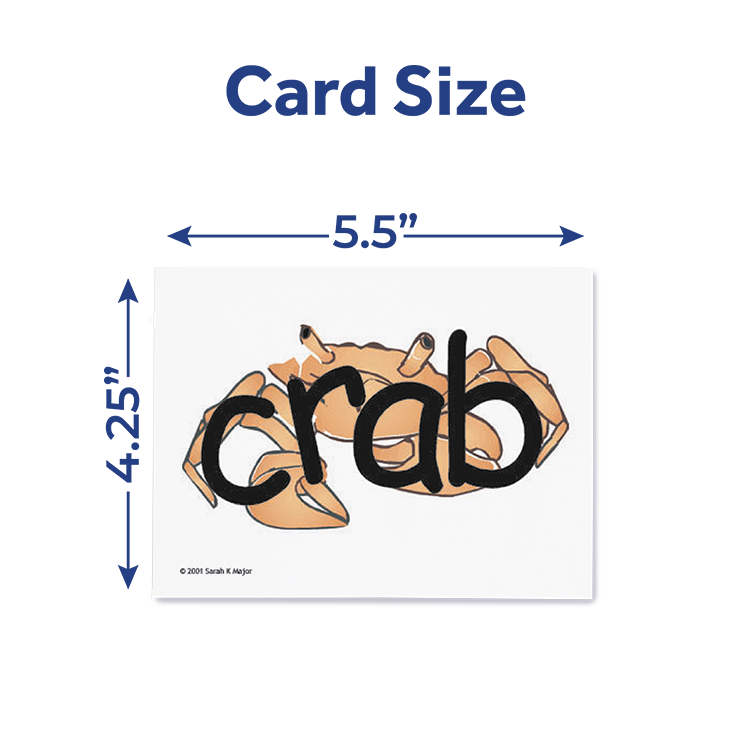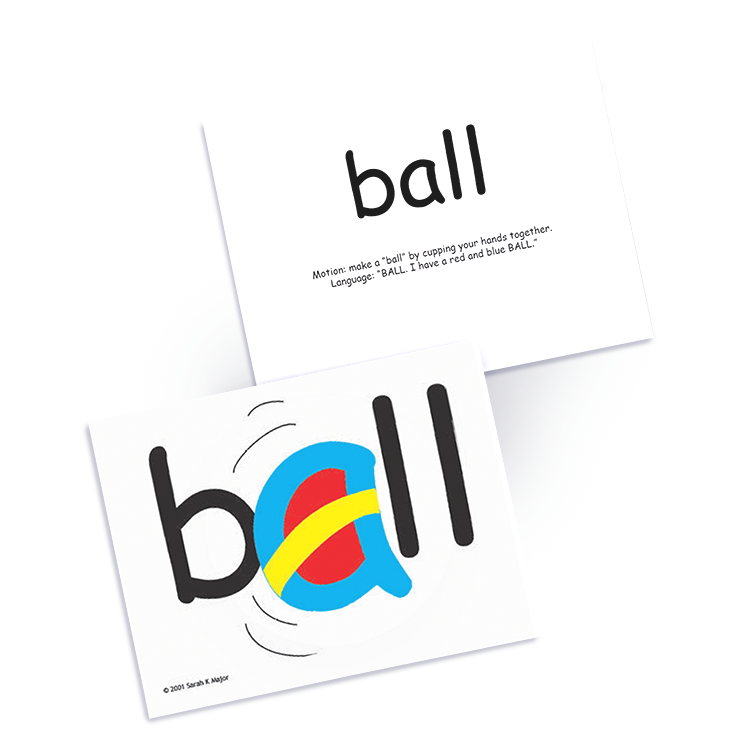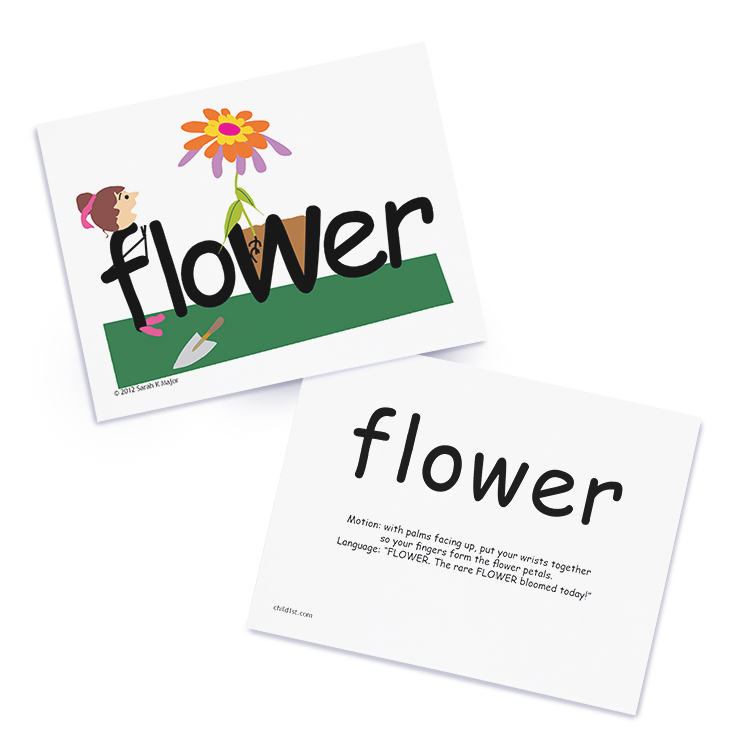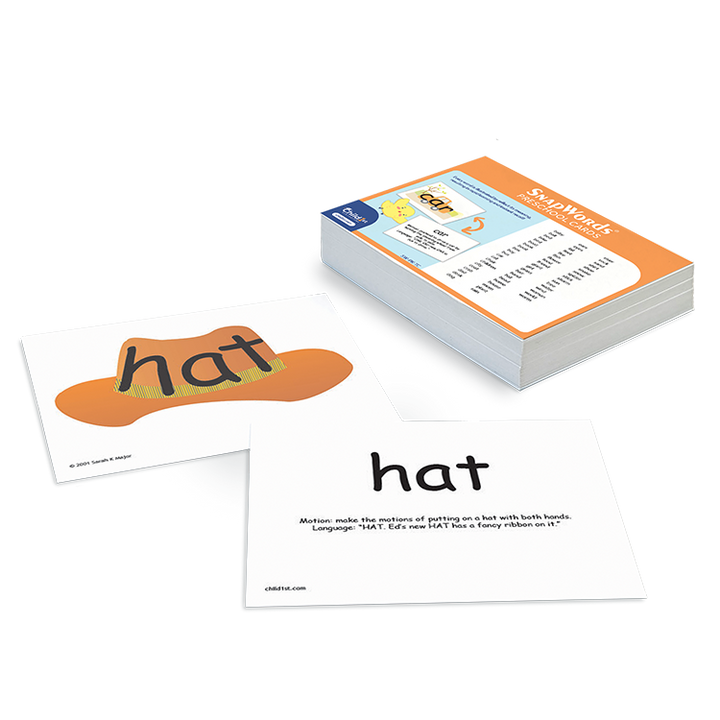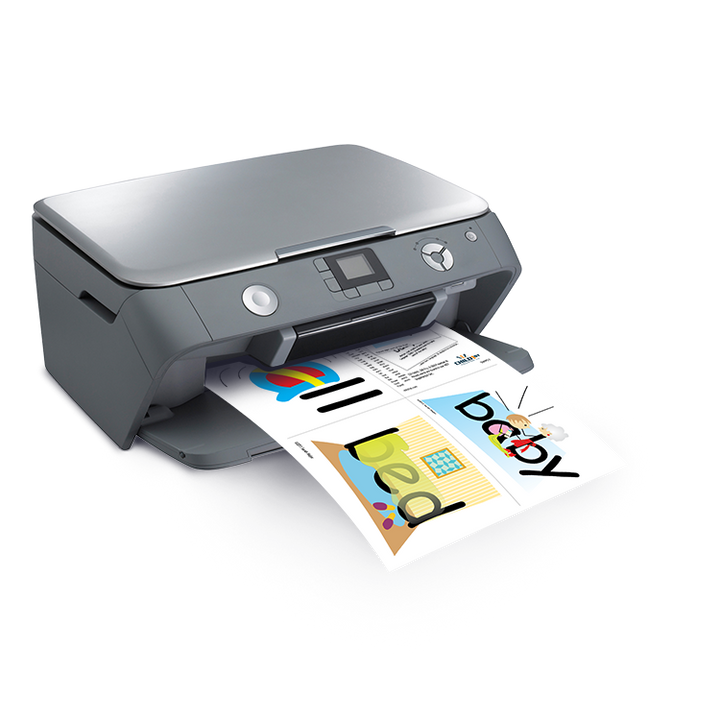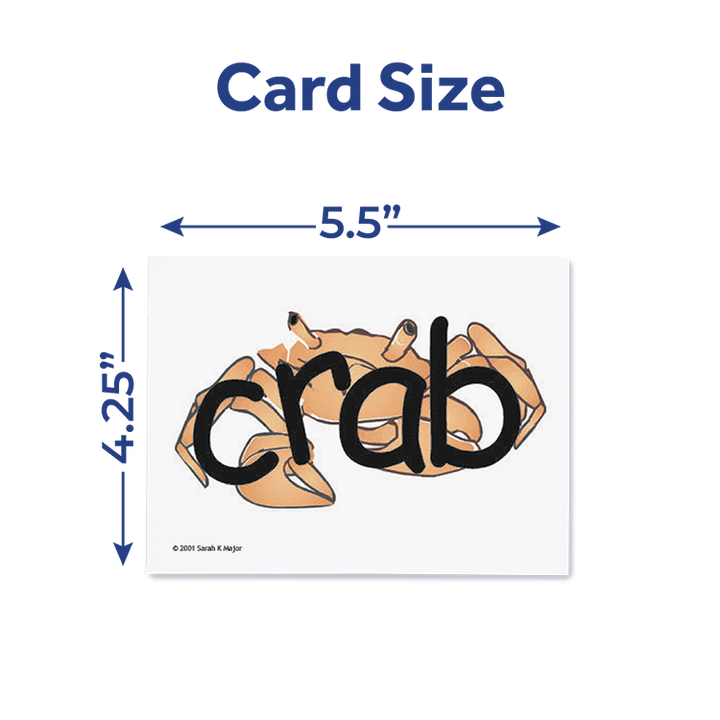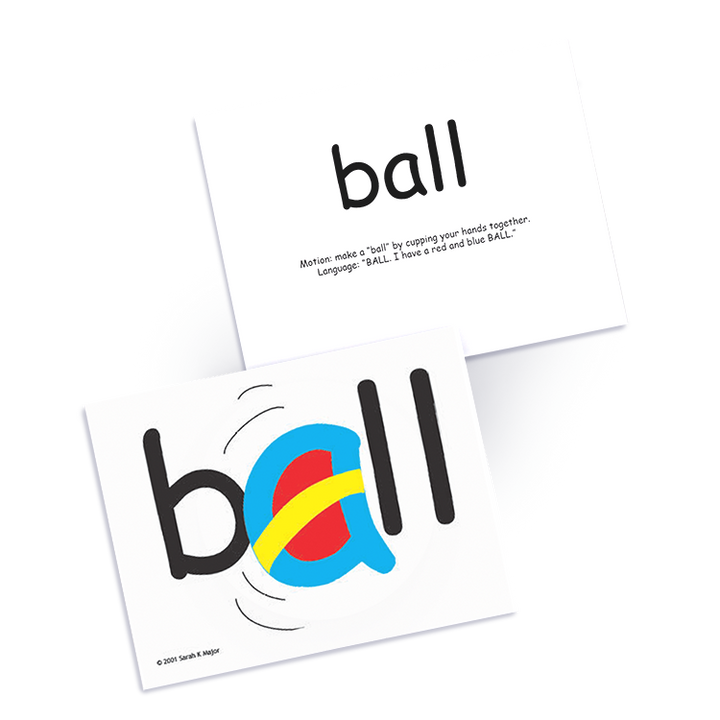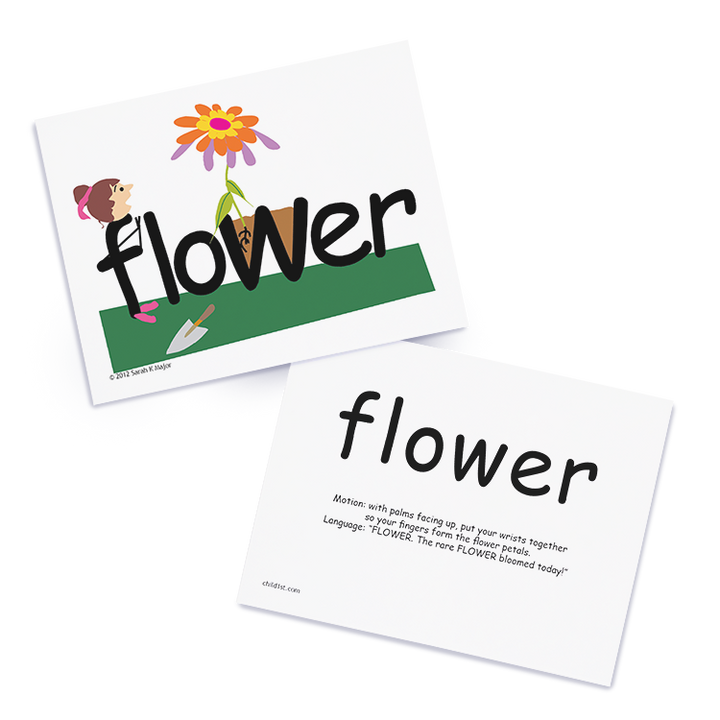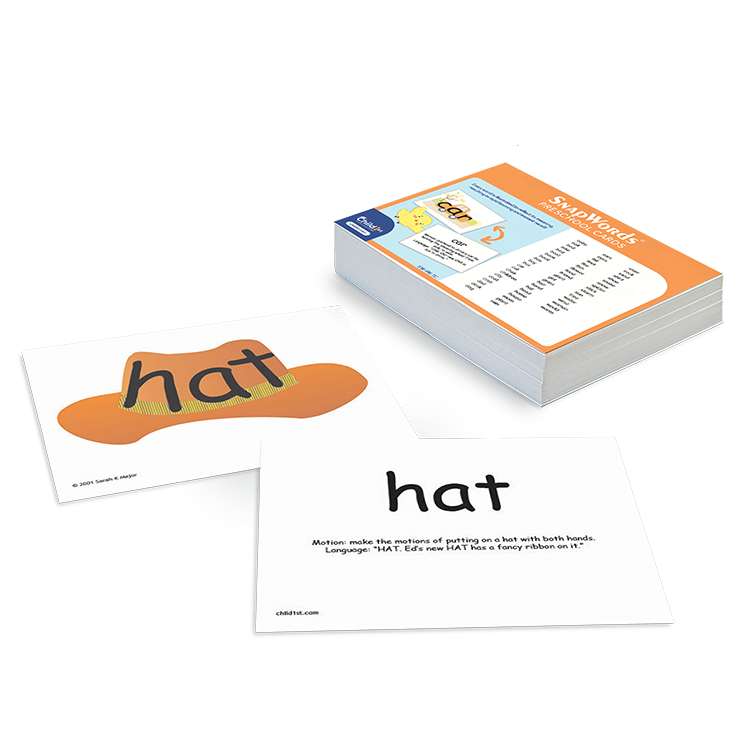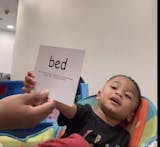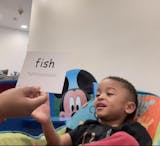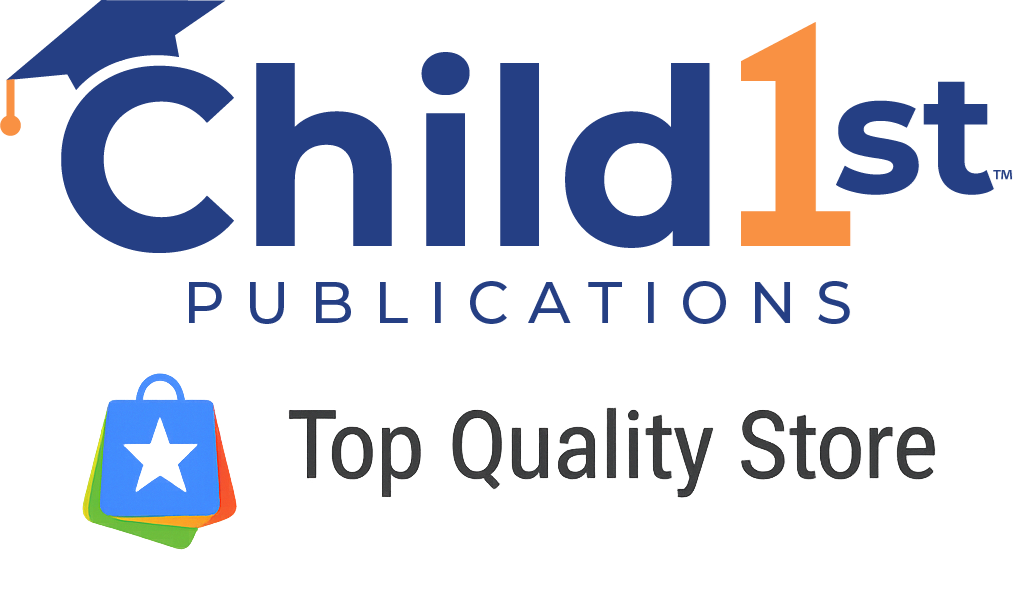SnapWords® encompass words that frequently appear in children's texts, making them an ideal starting point for early reading education. Unlike cueing systems that encourage guessing, SnapWords® provide instant recognition of words, reinforcing visual memory and aiding right-brain-dominant learners who think in pictures.
The images associated with SnapWords® not only link letters in the correct order but also convey the meaning of the word, facilitating a quick understanding. This visual memory, established at a glance, lays the foundation for breaking down words into phonics concepts.
The inclusion of body motion in SnapWords® aligns closely with the word and its meaning, proving crucial for kinesthetic learners who rely on body memory. Developed in response to the needs of visual and kinesthetic learners in the late 1990s, SnapWords® address the struggle these learners face in comprehending phonics concepts.
SnapWords® accommodate the three primary learning modalities—visual, kinesthetic, and auditory.
SnapWords® Preschool Cards are available in two formats:
- Physical - teaching cards measuring 5.5" x 4.25"
- Download - printable PDF file of teaching cards
How it works:
SnapWords® employs a comprehensive approach that begins by identifying the word, crucial for visual learners and incorporates body motion to engage kinesthetic learners. The visual, the body motion, and the spoken aspect of SnapWords® combine to target several regions in the brain, making for a rich learning experience.
SnapWords® are crafted to enable new and struggling readers to grasp the entire word and its meaning with the immediacy of capturing an image with a camera. Leveraging the rapid processing of the visual cortex, SnapWords® embeds visuals in the material, ensuring that what students need to learn and remember is swiftly transmitted to their minds. When employing SnapWords®, the image within the word promptly communicates the word's meaning to the child.
For many struggling readers, the reading process can seem tedious, leading them to focus solely on deciphering words rather than recognizing that words convey a story or meaning. SnapWords® colorful images not only illustrate a mini story but also feature sentences on the reverse side, elaborating on the word picture.
SnapWords® prove invaluable for restless children who struggle to sit still for more than a nanosecond! The moment they glimpse the card, it's a swift capture — "Blink!" and they've got it. Maximize the magnetic quality of SnapWords® by incorporating them into the games featured in SnapWords® Mini-Lessons. This strategic blend of movement and learning not only enhances comprehension but also fulfills the essential requirement for kinesthetic learners. This strategic blend of movement and learning not only enhances comprehension but also fulfills the essential requirement for kinesthetic learners.
To facilitate a seamless transition from the picture side to the plain word, SnapWords® includes a plain font version on the reverse side. Given that visual learning involves the brain quickly storing a mental image, children typically require minimal exposure to the stylized word, often achieving mastery with just one to three exposures.
What’s Included
· SnapWords® Preschool includes 59 introductory words from various SnapWords® lists, covering:
Objects, Nature, Relationships, Animals, Clothing, Body Parts, Transportation, and More
· Download of games from SnapWords® Mini-Lessons.



